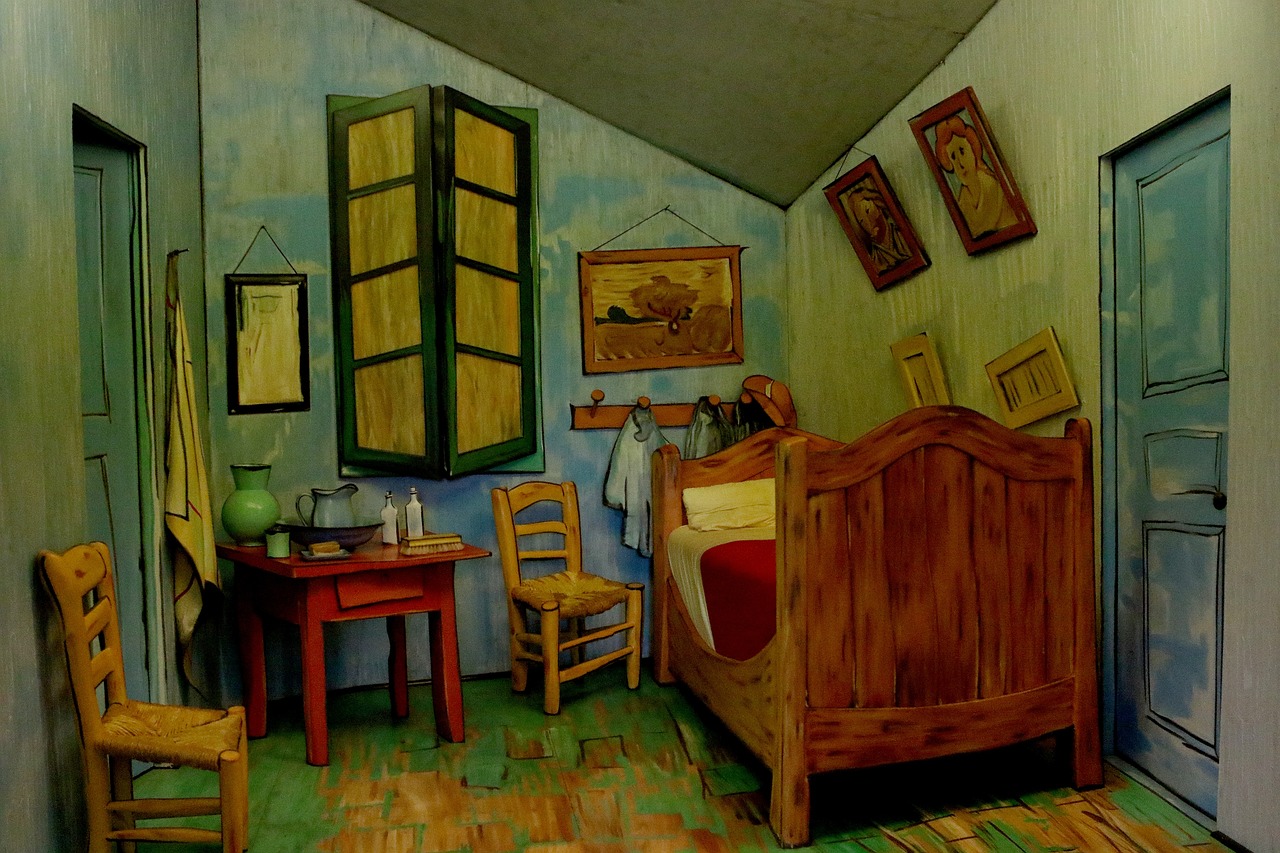In Search of Van Gogh’s Avenue of Poplars at Sunset
Vincent van Gogh’s masterpiece, Avenue of Poplars at Sunset, has recently been dated to between November 13 and 14, 1884, thanks to research conducted by astronomer Donald Olson. This study, published in the journal Sky & Telescope, reconstructed the atmospheric conditions of the period in which the Dutch artist worked in Nuenen, along the Weverstraat, a street characterized by poplar trees.
The research methodology
Olson took an innovative approach, analyzing not only the painting but also the letters Van Gogh wrote to his brother Theo. In these correspondences, the artist describes a pleasant autumn climate and specifically mentions the bare poplars.
The researcher examined three letters dating back to late October and early November 1884. In particular, Van Gogh anticipates that the trees would lose their leaves by November 5 and communicates that the cold forced him to stop painting outdoors from November 14.
This information allowed Olson to narrow down the period in which the painting was made.
The importance of dating
Using sky simulation software, Olson reconstructed the sunset on those days. He then searched historical maps to identify straight streets facing southwest, finding that only the Weverstraat was long enough—a full 365 meters—to accommodate the poplars depicted in the painting.
Astronomical data confirms that the Sun could have set over this road on the dates indicated. Furthermore, historical weather records show that Nuenen had clear skies at this time, making it plausible that Van Gogh painted from life.
A new light on the Dutch master
This research not only provides a precise date for one of Van Gogh’s most famous works, but also offers a starting point for reflection on his creative process. With a greater understanding of the context in which the artist worked, one can further appreciate his works.
Accurately dating Van Gogh’s paintings represents a significant step in appreciating his art and our relationship with it. As technology and analytical methodologies advance, we can expect that other works will be understood in the same depth in the years to come.


